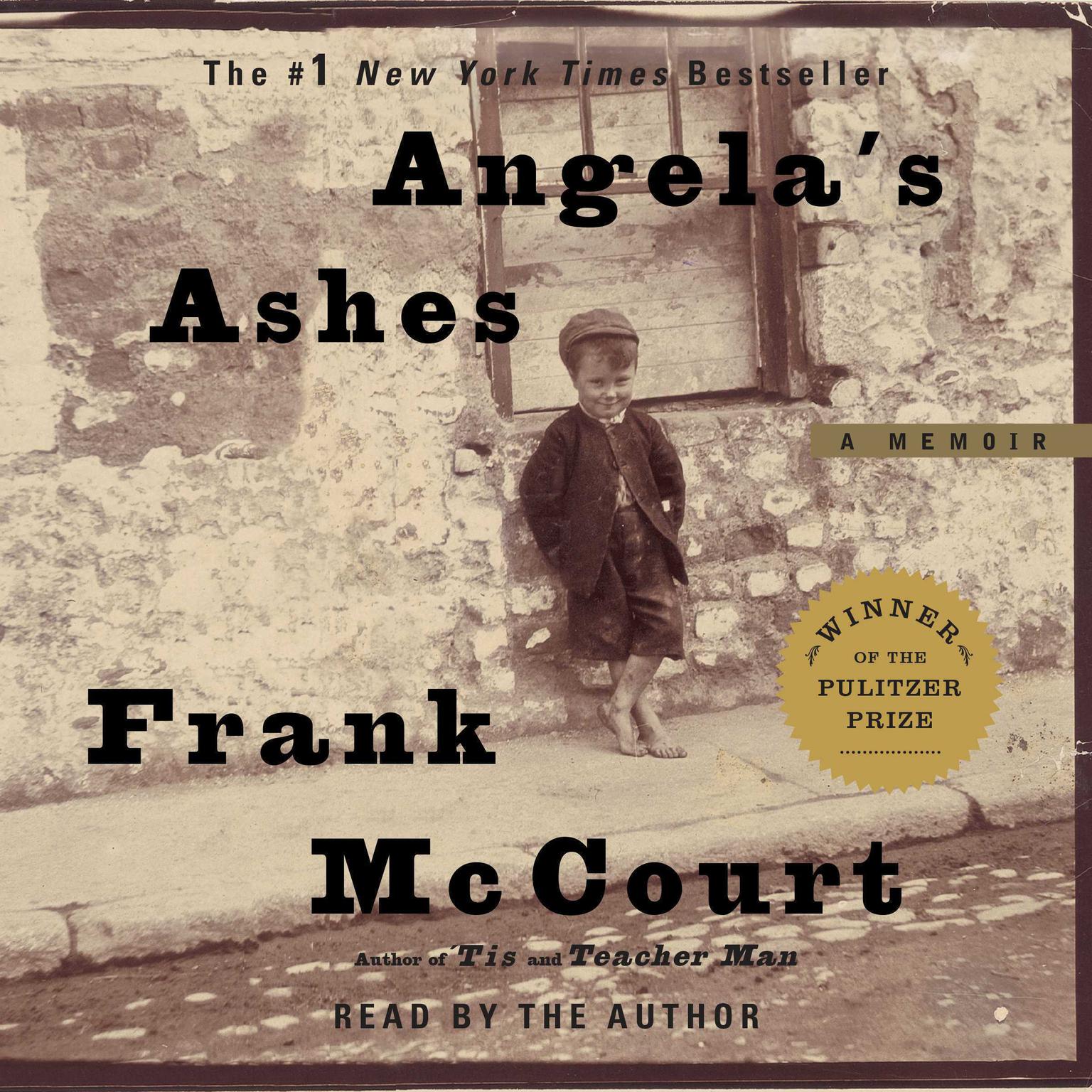
In over a century, Seton Hill has experienced dramatic growth and transformation from a Catholic, liberal arts women’s college to a co-educational, comprehensive University. The following represents the transformation that Seton Hill has experienced throughout the decades:
> The University’s assets have grown from $600,000 to more than $100 million.
> Seton Hill’s endowment has multiplied from $100,000 to more than $35 million today.
> A modest campus of five buildings has sprawled out to include more than twenty-five facilities on-campus and in the City of Greensburg.
> Seton Hill’s student body has expanded from 39 undergraduate women to more than 2,200 men and women of all ages, enrolling in undergraduate and graduate programs.
> Faculty have increased from 24 members serving a common liberal arts curriculum to more than 100 full-time professors that offer 30 undergraduate majors and 8 graduate degree programs.
> Two graduates in 1919 have now swelled to more than 17,000 graduates located in all 50 U.S. states and nearly 40 different countries all over the world.


















































































 Frank McCourt comes to Seton Hill in 1997. He won the annual Pulitzer Prize for Biography and Autobiography in 1997 and received one of the annual National Book Critics Circle Awards in 1996 for his memoir, Angela's Ashes. The memoir details McCourt's impoverished childhood from Brooklyn to Limerick. Three years later, a movie adaptation of the memoir was released.
Frank McCourt comes to Seton Hill in 1997. He won the annual Pulitzer Prize for Biography and Autobiography in 1997 and received one of the annual National Book Critics Circle Awards in 1996 for his memoir, Angela's Ashes. The memoir details McCourt's impoverished childhood from Brooklyn to Limerick. Three years later, a movie adaptation of the memoir was released.





































